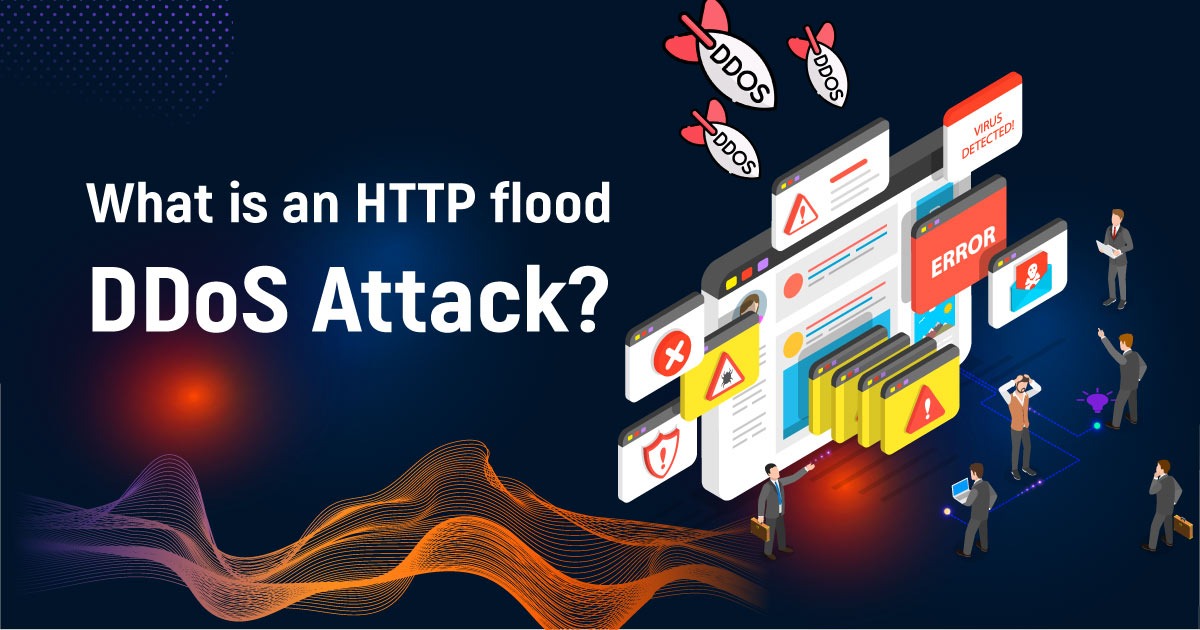An HTTP flood DDoS attack is a type of cyber attack that aims to overwhelm a web server with a large number of HTTP requests. This attack can be carried out using a botnet, which is a network of compromised computers that are controlled by the attacker. In this article, we will discuss HTTP flood DDoS attacks in detail.
What is an HTTP Flood DDoS Attack?
An HTTP flood DDoS attack is a type of cyber attack that floods a web server with a large number of HTTP requests, overwhelming the server and causing it to crash or become unresponsive. This attack can be carried out using a botnet, which is a network of compromised computers that are controlled by the attacker.
Types of HTTP Flood DDoS Attacks?
There are various types of HTTP flood DDoS attacks that attackers can use, including:
Simple HTTP Flood:
This involves sending a large number of HTTP GET or POST requests to the targeted web server, causing it to become overwhelmed and crash.
Slowloris:
This involves sending a large number of HTTP requests that are intentionally slow, keeping the connection open and preventing other users from accessing the web server.
Application Layer:
This involves targeting specific vulnerabilities in the web server’s application layer, such as SQL injection or cross-site scripting attacks.
Preventing HTTP Flood DDoS Attacks

There are various measures that organizations can take to prevent HTTP flood DDoS attacks, including:
Web Application Firewall (WAF):
A WAF can help detect and block HTTP flood DDoS attacks by analyzing incoming traffic and blocking requests that exceed a certain threshold.
Rate Limiting:
Rate limiting can help prevent HTTP flood DDoS attacks by limiting the number of requests that a user or IP address can send in a certain period of time.
Content Distribution Network (CDN):
A CDN can help prevent HTTP flood DDoS attacks by distributing incoming traffic across multiple servers, making it more difficult for attackers to overwhelm a single server.
Regular Security Audits:
Regular security audits can help organizations identify and address vulnerabilities in their web applications, reducing the risk of HTTP flood DDoS attacks.
Conclusion
An HTTP flood DDoS attack can cause significant damage to an organization’s web server, resulting in downtime, lost revenue, and damage to the organization’s reputation. By using measures such as a WAF, rate limiting, a CDN, and regular security audits, organizations can help prevent HTTP flood DDoS attacks and protect their web servers from cyber attacks. It is important for organizations to remain vigilant and proactive in their approach to cybersecurity, as the threat of HTTP flood DDoS attacks and other types of cyber attacks continues to evolve and grow.












